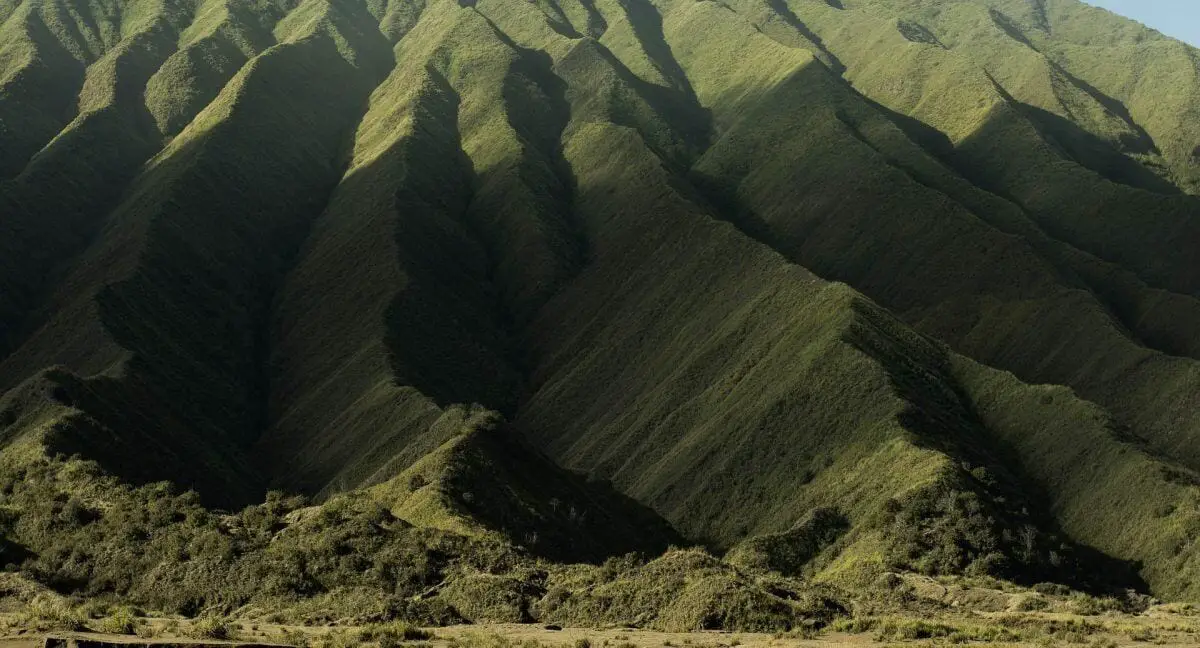Maximizing the protection of life on Earth requires knowledge of the global patterns of biodiversity at multiple dimensions, from genetic diversity within species, to species and ecosystem diversity.
Yet, the lack of genetic sequences with geographic information at global scale has so far hindered our ability to map genetic diversity, an important, but hard to detect, biodiversity dimension.
In a new study, researchers from the Universities of Copenhagen and Adelaide have collected and georeferenced a massive amount of genetic data for terrestrial mammals and evaluated long-standing theories that could explain the global distribution of genetic diversity. They found that regions of the world rich in deep evolutionary history, such as Northern Andes, the Eastern Arc Mountains, Amazonia, the Brazilian Atlantic forest, the central America jungles, sub-Saharan Africa and south-eastern Asia are also strongholds of genetic diversity. They also show that the relatively stable climate in these regions during the past 21’000 years contributes significantly to this intraspecific richness.
“Genetic diversity within species is a critical component of biodiversity, playing two important roles at the same time. It reflects species evolutionary history and defines their capacity to adapt under future environmental change. However, and despite the predictions of major biodiversity theories, the actual global distribution of genetic diversity remained, so far, a mystery. Recent collective efforts to populate public databases with genetic sequences and their localities allowed us to evaluate these theories and generate the first global maps of genetic diversity in terrestrial mammal assemblages”, says Spyros Theodoridis, Postdoctoral Researcher at the Center for Macroecology, Evolution and Climate, GLOBE Institute, and lead author of the study.
“The tropics, and more specifically tropical mountain regions, host large amounts of the global pool of genetic diversity. These arks of biodiversity are under a high pressure today due to climate and land-use change. The conservation of genetic diversity in these areas should be a priority in on-going conservation efforts”, says David Nogues-Bravo, the senior author of the study and Associate Professor at the University of Copenhagen.
The study also evaluated the effects of climate change during the last 21’000 years in shaping current patterns of genetic diversity. Regions of the world that experienced less severe change in temperature and precipitation harbor higher levels of genetic diversity, potentially due to reduced population extinctions. It also suggests that past inter-annual precipitation variability contributes to higher genetic diversity possibly through population adaptive divergence.
“While we show that areas of high genetic diversity tend to occur in regions where climates have remained relatively unchanged during past periods of global-scale climate change, many of these regions are forecast to experience major climate disturbances in the near future. Unfortunately, this is likely to lead to a loss of genetic diversity in many biodiversity hotspots”, says Damien Fordham, Associate Professor at The University of Adelaide’s Environment Institute and a coauthor of the study.
“The identified correlations of genetic diversity with evolutionary history and past climate change allowed us to develop predictive models at global scale, particularly in regions that lack sufficient data, such as the tropics. These predictions constitute a first step towards filling major gaps of knowledge for genetic diversity, and can inform and be further validated by field-work campaigns in data-poor regions of the Earth”, says Carsten Rahbek, head of the Center for Macroecology, Evolution and Climate.
UNIVERSITY OF COPENHAGEN THE FACULTY OF HEALTH AND MEDICAL SCIENCES
Header Image Credit – Public Domain







